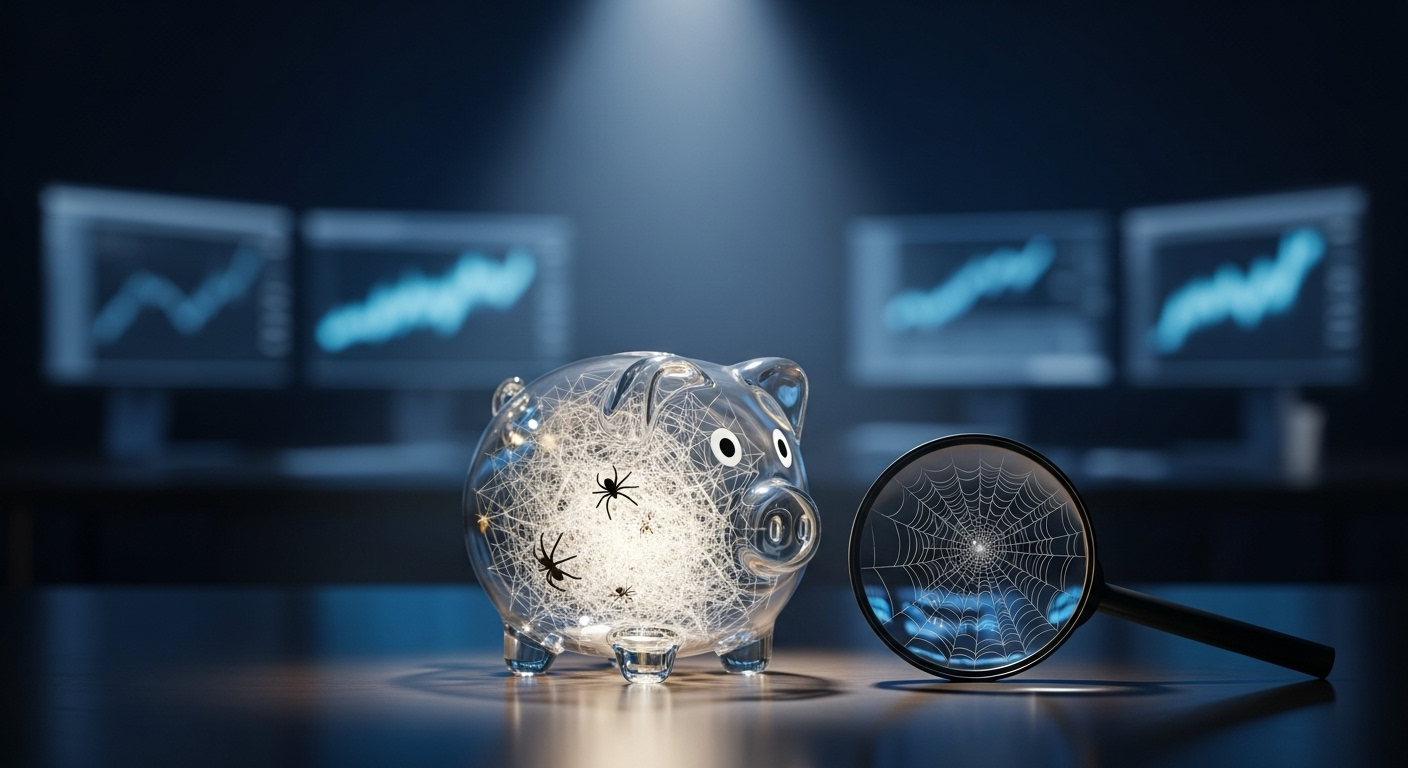Leveraging Biomimicry in Industrial Design
Industrial design is constantly evolving, seeking innovative approaches to enhance efficiency, sustainability, and functionality. One fascinating frontier gaining traction is biomimicry - the practice of emulating nature's time-tested patterns and strategies to solve human challenges. This article explores how biomimicry is revolutionizing industrial design, offering fresh perspectives on product development, manufacturing processes, and operational systems.

The Foundations of Biomimicry in Industrial Design
Biomimicry in industrial design is not merely about copying nature’s aesthetics; it’s about understanding and applying the fundamental principles that make natural systems so effective. This approach involves studying biological mechanisms, structures, and processes to derive innovative solutions for human-made products and systems.
The concept gained prominence in the 1990s, popularized by biologist and innovation consultant Janine Benyus. Since then, it has grown into a multidisciplinary field, bringing together biologists, engineers, designers, and business strategists to create nature-inspired solutions across various industries.
Key Principles of Biomimetic Design
Several core principles guide the application of biomimicry in industrial design:
-
Resource Efficiency: Nature optimizes the use of resources, wasting nothing. This principle inspires designs that minimize material use and energy consumption.
-
Adaptability: Natural systems are highly adaptable to changing conditions, a quality that can be emulated in product design to create more versatile and resilient products.
-
Cyclic Processes: Nature operates in closed loops, where waste from one process becomes food for another. This principle drives the development of circular economy models in industry.
-
Resilience through Diversity: Ecosystems thrive on diversity, inspiring designs that incorporate varied components for enhanced stability and functionality.
-
Evolution: Nature continuously refines its designs through iterative processes, a concept that aligns well with agile development methodologies in industry.
Biomimicry in Action: Industrial Case Studies
Numerous companies have successfully integrated biomimicry into their industrial design processes, yielding impressive results:
-
Sharklet Technologies developed an antibacterial surface pattern inspired by shark skin, which naturally repels bacteria. This innovation has applications in healthcare settings and beyond.
-
Qualcomm’s Mirasol display technology mimics the light-reflecting properties of butterfly wings, creating vibrant, energy-efficient screens for electronic devices.
-
The Eastgate Centre in Harare, Zimbabwe, employed termite mound-inspired design principles to create a naturally ventilated building, significantly reducing energy costs.
-
Velcro, one of the earliest and most well-known examples of biomimicry, was inspired by the hooked seeds of the burdock plant that stuck to the inventor’s dog.
Challenges and Considerations in Biomimetic Design
While biomimicry offers immense potential, its implementation in industrial design is not without challenges:
-
Complexity: Natural systems are often incredibly complex, making it difficult to isolate and replicate specific features or processes.
-
Scale: What works at the microscopic level in nature may not always translate effectively to human-scale applications.
-
Material Limitations: Current manufacturing capabilities may not always be able to replicate the precise structures found in nature.
-
Interdisciplinary Collaboration: Effective biomimetic design requires close collaboration between biologists, engineers, and designers, which can be challenging to orchestrate.
-
Regulatory Hurdles: Novel biomimetic solutions may face regulatory challenges, particularly in industries with strict safety standards.
The Future of Biomimicry in Industrial Design
As our understanding of natural systems deepens and manufacturing technologies advance, the potential for biomimicry in industrial design continues to expand. Emerging trends include:
-
Nano-scale Biomimicry: Advancements in nanotechnology are enabling more precise replication of nature’s microscopic structures.
-
AI-Enhanced Biomimicry: Machine learning algorithms are being employed to analyze biological systems and generate biomimetic design solutions.
-
Self-Healing Materials: Inspired by biological healing processes, researchers are developing materials that can repair themselves, extending product lifespans.
-
Biofabrication: The use of living organisms to grow materials or structures, mimicking natural growth processes.
-
Swarm Robotics: Designing robotic systems that mimic the collective behavior of insects or fish schools for more efficient and adaptable industrial operations.
Biomimetic Insights for Business Innovation
• Look to nature for problem-solving inspiration; millions of years of evolution have produced efficient solutions
• Foster interdisciplinary collaboration between biologists, engineers, and designers
• Invest in research and development that explores biomimetic applications in your industry
• Consider how natural systems manage resources efficiently and apply these principles to your operations
• Embrace iterative design processes that allow for continuous improvement and adaptation
In conclusion, biomimicry represents a powerful tool in the industrial designer’s toolkit, offering a pathway to more sustainable, efficient, and innovative solutions. By looking to nature’s time-tested strategies, businesses can unlock new possibilities for product development, process optimization, and systemic innovation. As we face increasingly complex global challenges, the principles of biomimicry offer a promising approach to creating harmonious, resilient industrial systems that work in concert with the natural world.





